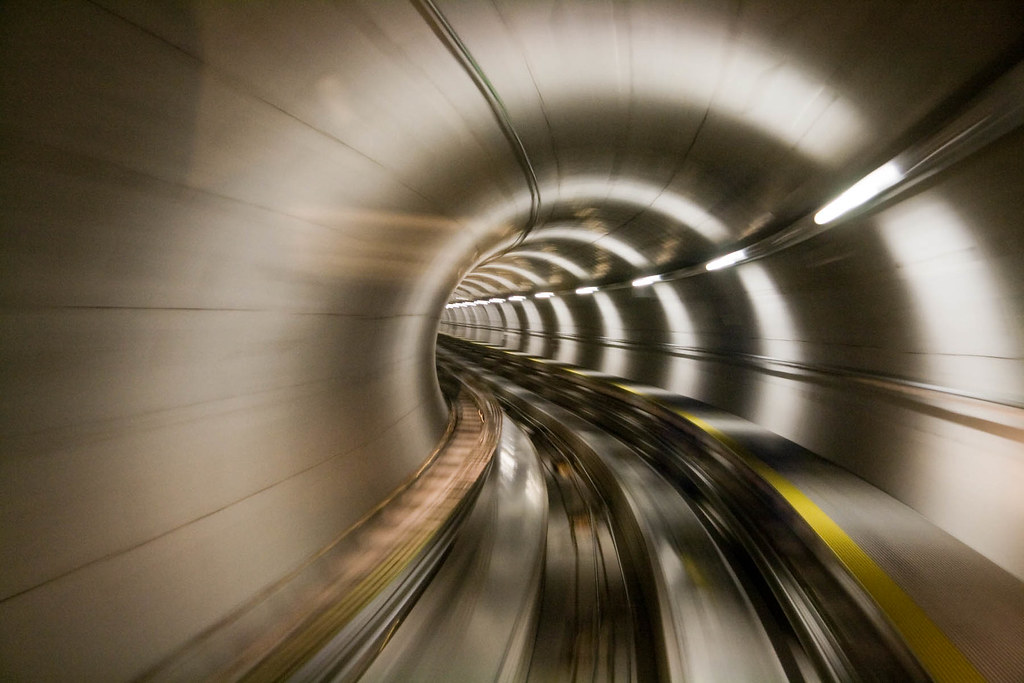 |
| 7507679046_9ec84d534a_b.jpg |
Summary
Newton's first law of motion is the law of inertia. This law states that an object with no force applied to it will never move and when force is applied to an object, it will stay in motion as long as no outside forces cause it to stop. Newton' second law states that force is equal to mass x acceleration (f = ma). But what exactly is acceleration? Acceleration is when you are either speeding up, slowing down, or changing direction. This means that even if you are just standing still and turning in a circle, you are still accelerating. Newton's third law states that for every action there is an equal and opposite reaction.
SP 5: Using Mathematics and Computational Thinking
While conducting several experiments on finding the speed and velocity of different cars I had to use lots of math. For example, to calculate the velocity of one of the cars I had to use certain mathematical skills like division and addition to find averages. Using the formula speed = distance/time, I was able to calculate the speed and velocity of all of the cars. Once I had completed that portion of the experiment and collect all of my data in tables I created line graphs to represent my data.
XCC: Cause and Effect
All of Newton's laws of motion have to do with cause and effect. For example, the law of inertia states how you need to apply a certain amount of force to an object in order to get it moving. This is cause and effect. One way to think about it is if you are biking. On a mountain or road bike, you can shift gears to control the amount of force needed to pedal making you go faster or slower. When you are on a low gear, it takes more force to pedal and set the bike in motion because there is more weight against you. The cause is the force you apply against the pedals and the effect is the motion and movement of the wheels. In addition to this, Newtons third law of motion is also all about cause and effect. In Newton's third law, every action has an equal opposite reaction, the action is the cause while the reaction is the effect.
